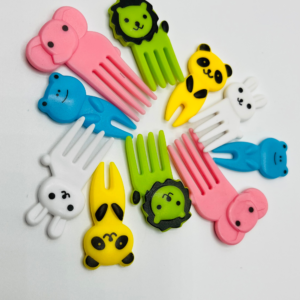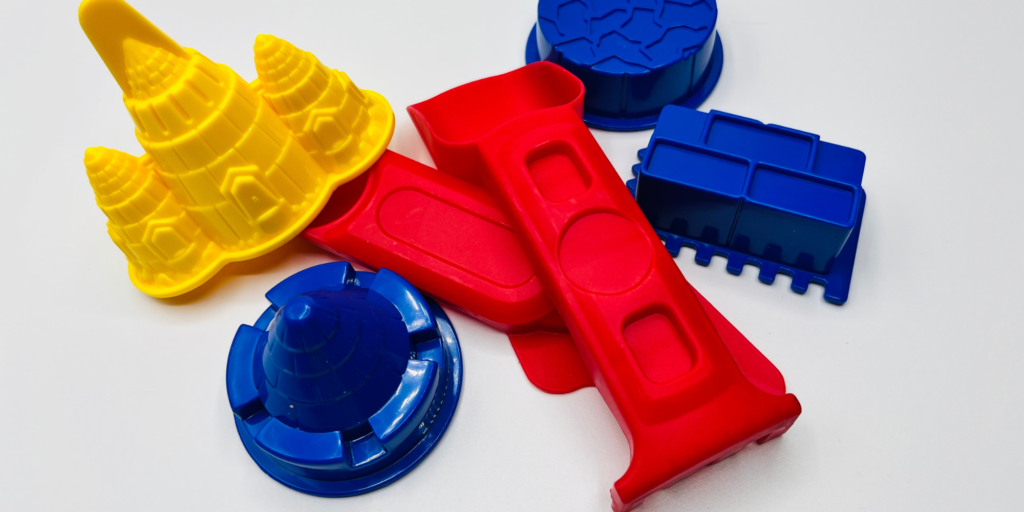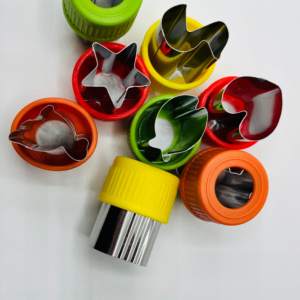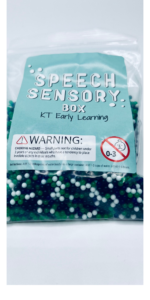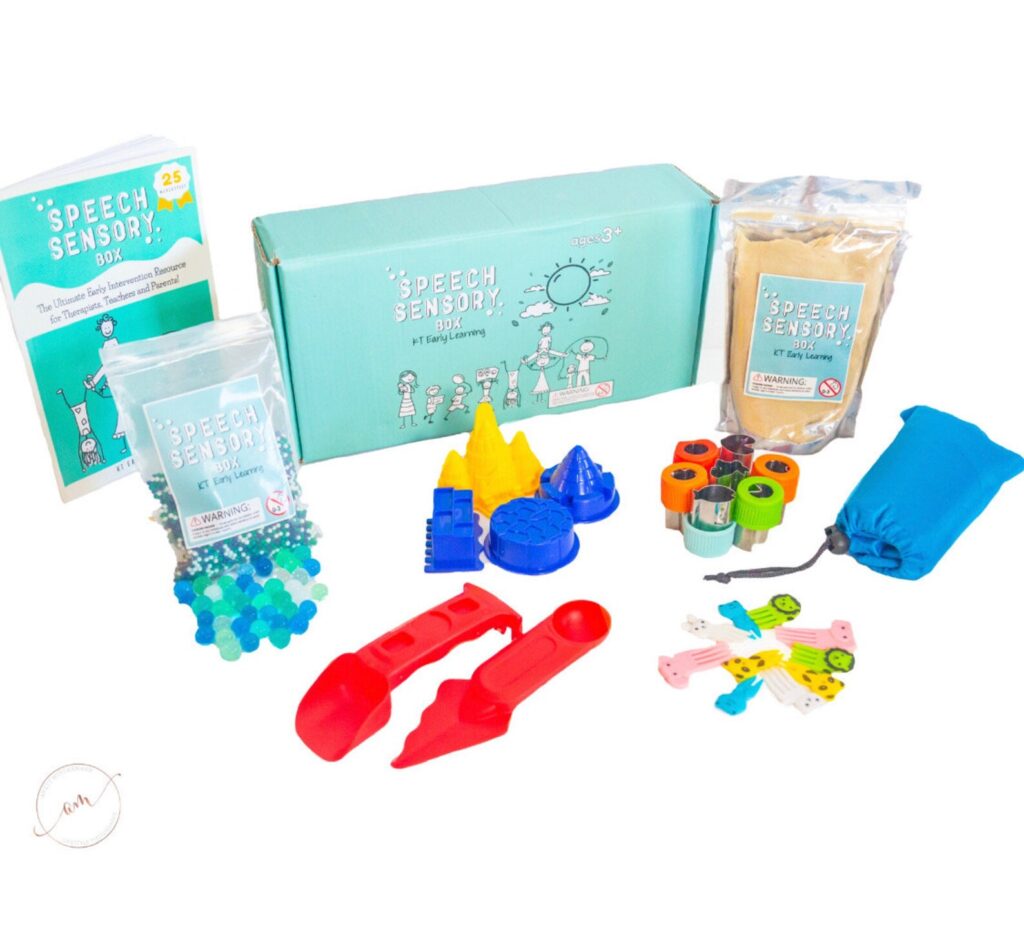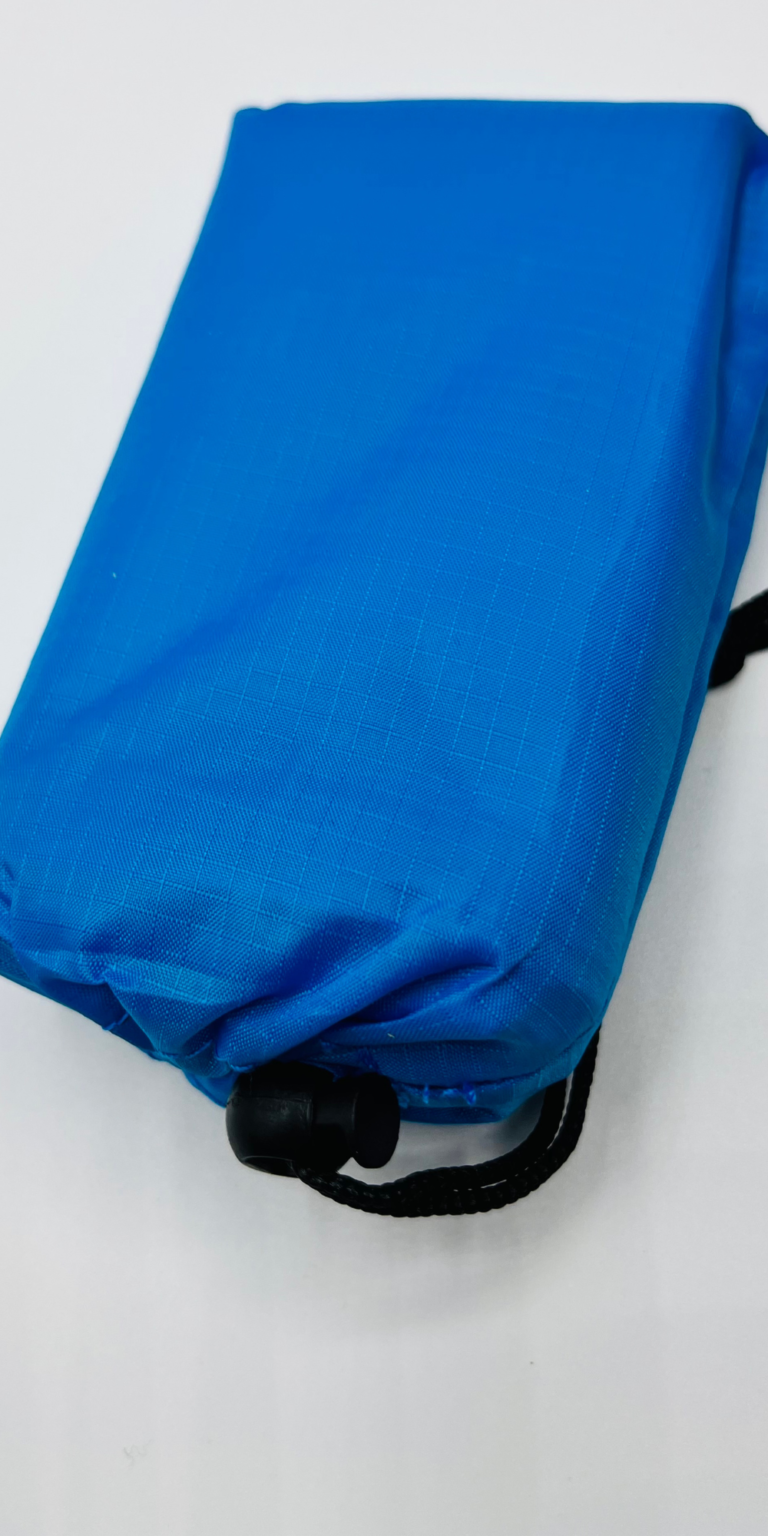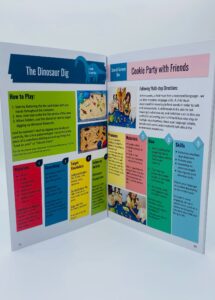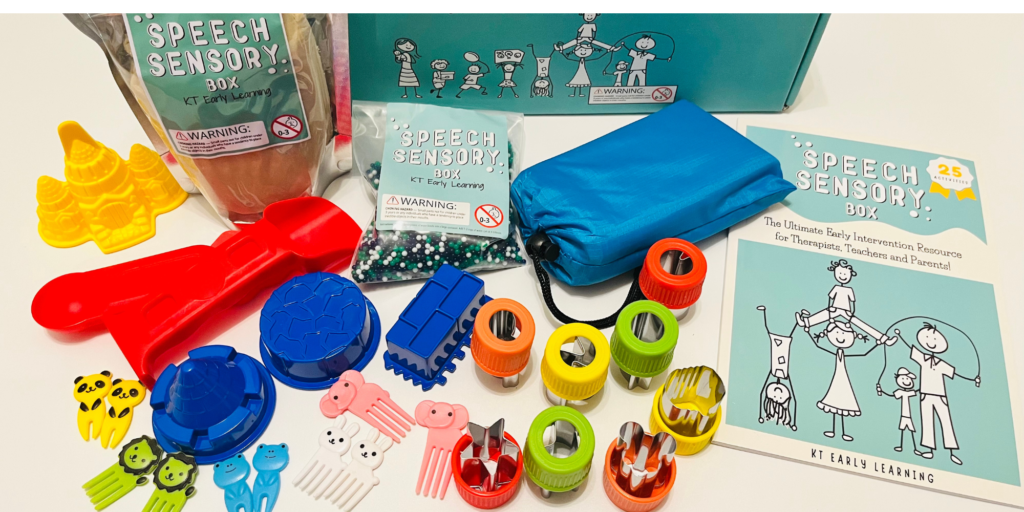
What makes play based speech therapy so great?
What makes play-based speech therapy so great? Katie Glass early intervention speech therapist says the evidence is mounting that through play learning happens faster. Pretend play will help your toddler learn new words in a fun environment. For example, well imitating you your toddler will start to communicate and interact while taking turns and imitating your words. You can solve problems together using blocks and puzzles which will help your toddler develop their language skills as they communicate with you about their plans and ideas.
Unsurprisingly, playing music in particular will give children’s communication skills a really big boost. Sing with your toddler regularly.
Reading fun books always helps with your toddlers listening and comprehension skills.
You might like this video https://www.youtube.com/watch?v=yINmvCIw-YM
What makes these speech therapy toys perfect for play based learning
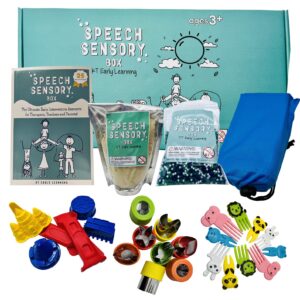
This kit is one of the only sensory kits that teach parents and therapists how to speed learning and aid in developmental and speech delays in children while it enhances fine motor skills and memory through play.
Katie Glass is a widely acclaimed speech-language pathologist in the Philadelphia area. As she was working with kids all day she decided to design the perfect speech therapy toys all in one box. Through Katie Glass’s experience with speech and occupational therapists, she created this speech sensor box with engaging materials that early learners need to develop language and motor skills. Cooking and feeding your toddler could become a powerful speech and sensory integration activity. What makes play-based speech therapy so great? Please tell us what you think.
Katie Glass put these speech therapy toys together for little learners to become socially connected by meeting their sensory needs first. Children should be in charge of their play and learning.
When children get to make choices and try out different joyful learning methods it makes all the difference to their learning. Parents need to get involved by guiding rather than instructing.
Activities to encourage speech and language development through play
Did you know that joyful play builds brains and helps children thrive? Reading a favorite book to your child could be a fun and simple exercise. If the child is too young to be able to read words you can have them explain what they see in the book. They will remember the context from hearing it and it can strengthen speech and confidence. With simple play concepts, the speech sensory box will inspire children and adults to come up with their own ideas and twists on imaginative play with a large focus on motor speech and language skills. The activities you do at home and the positive reinforcement you provide can help your child make huge strides toward speaking clearly
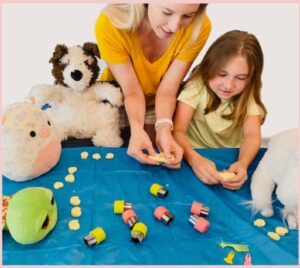
Play based learning explained
Research has shown that children benefit in different ways from all forms of play across the continuum. Yet guided play leads to the most significant learning and developmental outcomes for children.
Children need a variety of skill sets to optimize their development. Research shows that developmentally appropriate guided play with adults and other children provides opportunities to build the social-emotional, cognitive, language, and self-regulation skills that lead to brain development. Guided play-based learning helps children build safe and nurturing relationships with caregivers and other children that they need in order to learn.
Is it safe to do speech therapy at home.
At home is a time to let him or her work it out without pressure. Play-based learning starts with talking clearly on a regular basis. Carry on a conversation and be patient. The more you practice exercises that your speech therapist taught you the faster things could move along. Try not to interrupt and don’t expect the child to “just spit it out” This will create anxiety which can make the problem worse.
A simple straw could be a little drill you could have fun with. Drinking liquids through them or blowing air out of them will help your child develop the muscular strength in the mouth that’s important for clear speech. Making it into a game always works. Use a ping-pong ball and see if he or she can blow it through a goal you set up or keep the ball at the end of the straw by sucking up air through it. When you do this your child will want to play along and imitate you. These little games are what make play-based speech therapy so great!
What makes play based speech therapy so great? You just need to get into the mindset of breaking skills down into smaller pieces.
For example, if you want to teach your child to use the /f/ sound correctly in conversation, you can start by teaching your child how to say the sound by itself (“fffffff”), then in syllables (“fuh”, “oof”), then words (“fish”, “roof”). Finally, begin putting those words in sentences and conversation. Or, if you want to teach your child how to follow multi-step directions, you could start with very basic short directions with a picture cue (like “sit”, “stand up”, “come here”). Gradually you will work your way up to more complex directions.
Toddler forks could be used for play and learning activities.
Toddler forks can be used as a learning tool during playtime as well as during meals. Since every parent spends a lot of time feeding their toddler it becomes a great time for learning. Busy parents need to use this time for language development. Make sure you are talking and teaching during mealtimes no matter how tired you are. Talk about each food and pronounce it slowly. For example, talk about different types of food and how to use utensils to eat.
Here are some ideas for incorporating toddler forks into playtime.
What makes play based speech therapy so great?
Using toddler forks during playtime can help your child practice their fine motor skills and hand-eye coordination, as well as encourage imaginative and creative play.
Here are some ideas for incorporating toddler forks into playtime:
- You can use child forks to teach your toddler about different types of food and how to use utensils to eat.
- Use the forks to practice counting and sorting. You can have your child sort the forks by color or size, or count how many of each type of fork they have. Ask the toddler to put the two blue forks next to each other.
- You can also use them as props in imaginative play. These forks are the perfect size to serve food to dolls or stuffed animals. Pretending to cook or eat in a play kitchen.
- Have a pretend picnic and set up a pretend meal on the blue mat.
Speech Therapy through play using clay or sand molds.
Children learn how to use clay or sand molds while incorporating speech therapy during play.
Toddlers can learn a variety of learning skills through the use of small shovels. Katie Glass looked at hundreds of small shovels before she decided on picking the perfect shovel. Kids love building castles so she picked perfect castle molds. We always think of shovels with sand and that is exactly what this sensory kit includes.
Using a toddler shovel during a speech therapy play session.
- Shoveling can help toddlers develop fine motor skills and hand-eye coordination as they learn to tap out the sand from the mold. Toddlers need to learn how to grip and remove the sand from the mold. That is a learned skill you need to teach your toddler.
- Parents will realize that they could focus on building language skills through everyday interactions and play.
- Teach requests by sitting across from your child and placing the parts on your lap or behind you. Use gestures and clues to help them guess what is behind your back. Using visuals they will start to understand what you are saying through play. When your toddler uses language to express their wants and needs make sure to praise them.
- Toddlers will learn how to shovel, scoop, pour, and transfer. When a child masters these skills and feels the texture of the material they are shoveling they will be very proud of themself. Shovels and molds can provide a sensory experience for toddlers as they feel the texture of the material they are shoveling and hear the sound it makes.
- The red shovel and rake can be used to teach toddlers about cause and effect. They will see how their actions with the shovel affect the material they are moving.
- Shoveling can be incorporated into imaginative play scenarios. Social interaction and cooperative play such as pretending to be a construction worker or a farmer. Toddlers will love moving dirt or sand from one place to another.
Cookie cutters can be a used during play base learning.
What makes play based speech therapy so great?
Cookie cutters can be a useful learning tool for incorporating language and play.
Using visuals will always help your child understand what you’re saying. When you tell a toddler that you are going to make cookies you could see excitement in their eyes. What child would not want to make cookies? Katie Glass picked out the best toddler cookie cutters a kid could ever use. She sampled every cookie cutter out there to decide on these. Here are a few learning activities for toddlers using cookie cutters. You will also need to use the kinetic sand or play dough and along with the blue mat. A simple tool like a cookie cutter could be an opportunity to work on your toddlers speech while having a fun time together.
Activities with Cookie Cutters as developmental play.
Always encourage creativity, cooperation, and teamwork during play.
- First, cookie cutters can help children develop fine motor skills . While teaching your child to grip and press the cookie cutter into dough or clay you will be excited also.
- Second, during play, you will be teaching your child about shapes, sizes, and spatial awareness as they create and compare cut-out shapes.
- Third, for your older kids, include them to teach math concepts such as measurement, fractions, and geometry.
- Fourth, by playing with pretend food you can teach shapes patterns and designs.
- Lastly, teach your child about sharing cookies. Place a cookie in their hand and yours and pretend to eat them.
Could water beads be used for learning?
It’s important to keep in mind that water beads can be a choking hazard for young children, so it’s important to always supervise children closely when using them.
Water beads have many names: gel beads or jelly beads or sensory beads. They are small, translucent balls that absorb water and expand to many times their original size. Toddlers love their smooth slimy squishy texture. You will love these learning activities using water beads through play. You need to prepare the water beads in advance but the fun is worth it. The easiest way to play with water beads is to place them in a large bin and let your little one play with them.
Learning activities with water beads using play based speech therapy.
- Water beads can help toddlers develop fine motor skills as they manipulate the beads with their fingers. You can hide various assortments of puzzle pieces (letters, small plastic animal figures, etc.) in the beads to use with this activity. This works great with the sand as well. The choice is yours! You will be encouraging your child to find the stuff inside the beads at the same time encouraging language opportunities.
- Water beads can provide a sensory experience for toddlers as they explore the texture and movement of the beads. As a side note, I have read about a study that shows a link between playing with blocks and other objects, and problem-solving. In some studies, very young children who play with objects also had slightly higher language skills at 22 months. Older children who play with blocks seem to be better at reading than those who don’t. But, lots of these studies were small, and nearly all of them were with children under the age of 7.
- Water beads can be used to teach toddlers about colors, sizes, and shapes as they sort and play with the beads.
- Water beads can be used to teach toddlers about the properties of water and how it changes the size and shape of the beads. Make sure you show them what the water beads look like before you soak them in water.
- Water beads can be incorporated into imaginative play scenarios, searching for treasures or cooking up a batch of colorful soup. All toddlers love magnetic puzzle pieces with the little fishing pole that grabs the letters. They go fishing in the water beads for letters.
Benefits of using Kinetic Sand or magic sand in speech therapy
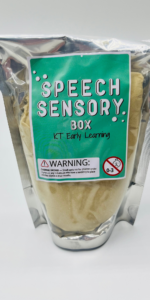
Again we will ask, what makes play-based speech therapy so great?
Kinetic sand or play sand has so many fun uses for toddlers’ learning abilities. Squeeze it, squish it, or smash it! Don’t forget to keep talking to your toddler during play. Explain everything you are doing. Using tools such as spoons, ice cream scoopers, and knives to scoop it helps with grasping and hand-eye coordination. Our cookie cutters work great with play sand. After you flatten the sand you could make cute shapes or pack it into our castle mold and flip them over to build sand castles and further develop those small muscles in the fingers and hands. The fine motor benefits are seemingly endless!
There are several potential benefits to using play sand in learning activities. Toddlers love that it is soft and has a non-sticky texture. Tactile defensive OT kids and tactile defensiveness kids are crazy for it. Even though it looks and acts like wet sand, it is soft, dry, and cool to the touch.
Learning Activities with play sand or kinetic sand using play therapy.
Here are a few potential benefits that will help with fine motor skills for your toddler.
Sand play can help children develop fine motor skills and hand-eye coordination together with speech. Start by teaching the child how to fill molds with sand. You will need to guide them on how to dump it out. When you do the tap tap tap make sure to let them know the tap starts with T. Stack and repeat as they scoop, pour, and manipulate the sand, You will notice joyful play will begin.
- Sand play can promote creativity and imaginative play as children create and build with the sand. Kinetic Sand is a hands-on material that can help develop fine motor skills. Toddlers can squeeze it, squish it, or smash it! Play sand can provide deep pressure, which is a form of tactile input that is calming and organizing to the body.
- For older kids sand play can help children learn about scientific concepts such as volume, weight, and texture.
- Sand play can also provide opportunities for social interaction and cooperative play as children work together on sand projects.
Why are child play mats important for learning?
I call this mat the focus mat. When your toddler sees the blue mat coming out they will know it is playtime. The mat will act as a safe space for children to play and learn. Moms will think it is the greatest thing because it keeps the mess in one spot and cleaning up is easier. Playmats can help create a clean environment for children to play in, as they provide a protective barrier between the child and the floor.
What makes play based speech therapy so great? You tell me what you think.
Mr. Potato Head for speech therapy.
An old classic toy that kids still love. Your toddler will love creating funny faces and telling you about them. Ask funny questions like “How will Mr. Potato Head walk if he has a hat on his feet?” or simply say “What color is Mr. Potato Head’s hat?” Open-ended questions encourage little ones to start the conversation. Every toy could be used as a speech tool once you get into the mindset of play and speech.
For a fun read you might like my article on IS SHOPPING A HOBBY OR AN ADDICTION ? Quick Quiz

